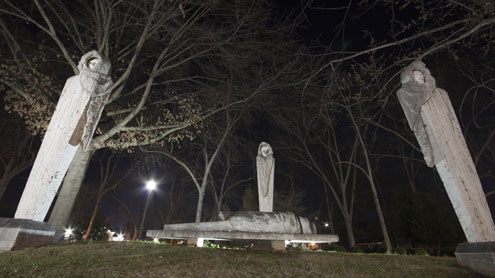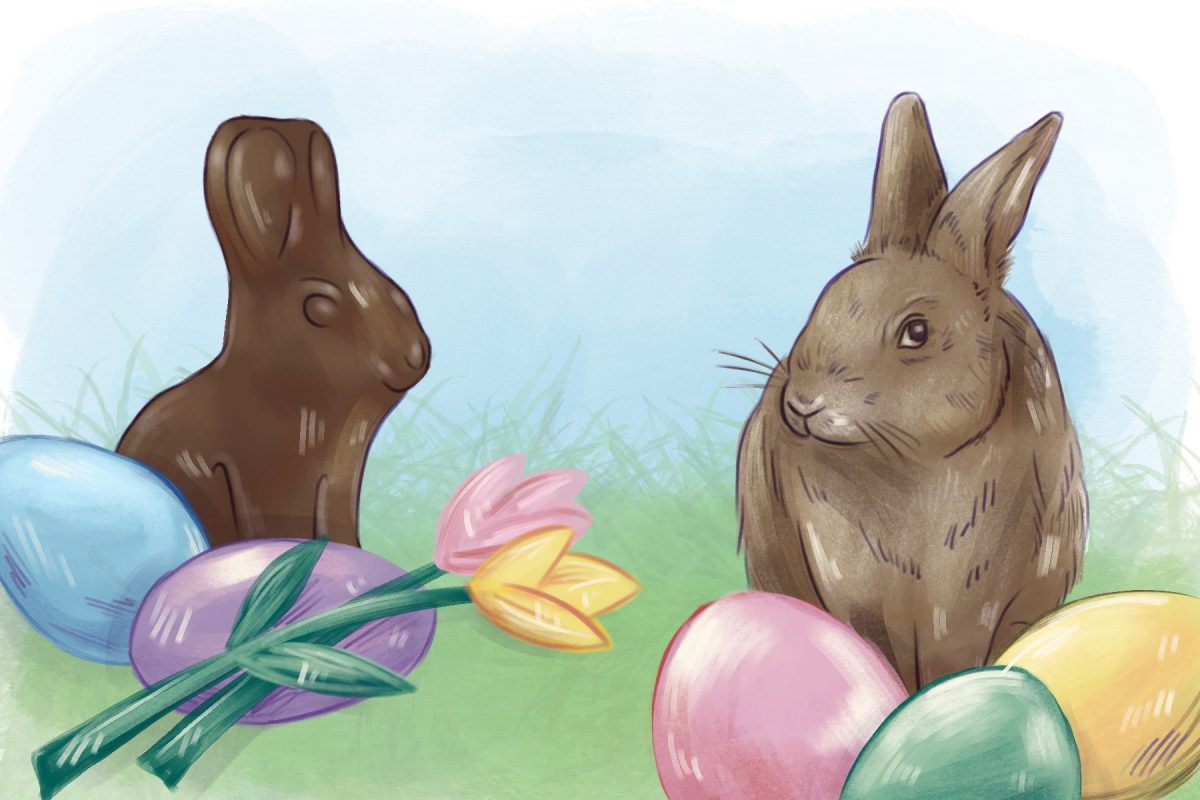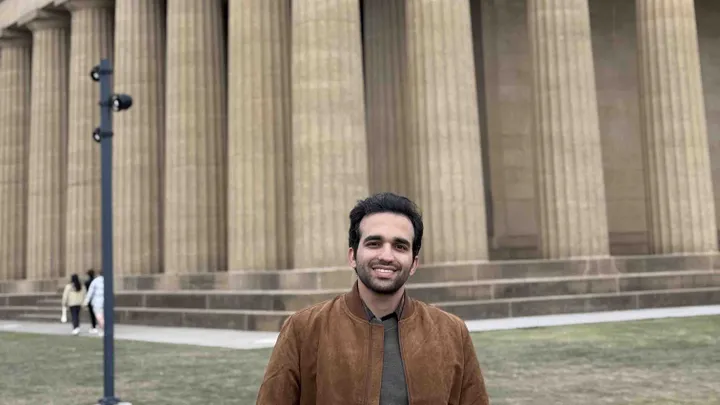 They’re perched on the grassy knoll on the corner of Hackberry and University. Three of the 10-foot-tall grey figures stand erect, vigilantly observing the street before them. Another lies among the three, as flat and silent as the platform supporting him.
They’re perched on the grassy knoll on the corner of Hackberry and University. Three of the 10-foot-tall grey figures stand erect, vigilantly observing the street before them. Another lies among the three, as flat and silent as the platform supporting him.
The sculptures are titled “Icarus and the Guardian Angels.” In Greek mythology, Icarus used wings crafted of wax and feathers to escape captivity, but he flew too close to the sun and fell into the sea. Students, whether they are aware of the mythology, have long been curious of how Icarus landed so close to campus.
The statues have maintained their residence outside the Canterbury Episcopal Church for a long time – so long, in fact, that the UA College of Arts and Sciences’ computer system have no records on them.
“I’ve been here 20 years, and I thought I had everything archived in my computer,” said Becky Florence, director of college relations and associate director of development for the College of Arts and Sciences. “I’ll have to go check the paper files.”
After digging through filing cabinets for several minutes, Florence returned with the history behind the sculptures that have both escaped and captivated University students’ attention for years.
“I haven’t really noticed them,” said Ben Sleight, a freshman majoring in political science. “They might as well be ghost statues to me.”
Ghostly or haunting may be the most appropriate words to convey the way many more students perceive the concrete diorama. Sleight’s lack of bemusement appears to place him in a minority when it comes to student-statue relations.
“I think they’re pretty creepy,” said Zack Morris, a sophomore majoring in mechanical engineering who walks past “Icarus” every day between his apartment and class. “I always notice them when I walk by. They don’t seem to really have a purpose, do they?”
The statues routinely prompt similar questions from students, and the results of Florence’s filing cabinet odyssey revealed the answer.
According to Florence, “Icarus and the Guardian Angels,” created by Be Gardiner, was purchased by the University in 1991 for the first incarnation of the art department’s Alabama Biennial exhibition.
“The Alabama Biennial was an exhibition of outdoor sculptures,” she said. “It was paid for by an anonymous gift, which the donor said was to pay for bringing sculptures of, I quote, ‘heroic proportions’ to be displayed around campus for one year.”
The University used the anonymous funds to bring a total of 17 sculptures to campus for the 1991 exhibition, purchasing “Icarus” from the author for permanent display in its present location.
This present location, despite its proximity to Canterbury Episcopal Chapel, is not church property. According to church representatives, the statues’ residence is University-owned property, deemed Gribbin Park in honor of the Rev. Emmet Gribbin, who served as chaplain of Canterbury Episcopal from 1953 until 1973 and was an active figure during the University’s integration.
In addition to “Icarus and the Guardian Angels,” several other outdoor sculptures were incorporated into the campus decor through the Alabama Biennial program. The University held exhibitions both in 1993 and 1995, as well, and art from these programs still characterizes the campus scene. However, due primarily to a lack of funding, Alabama Biennial was suspended in 1995.
The funding that brought them here was short-lived, but Icarus and company, having watched over, and occasionally creeped-out, Hackberry commuters for 20 years, displays a true knack for longevity.









